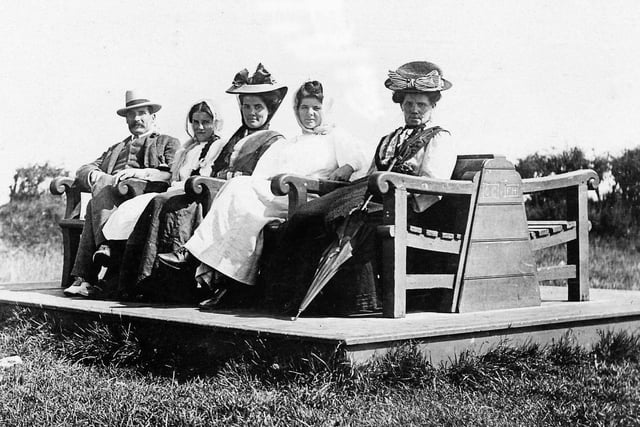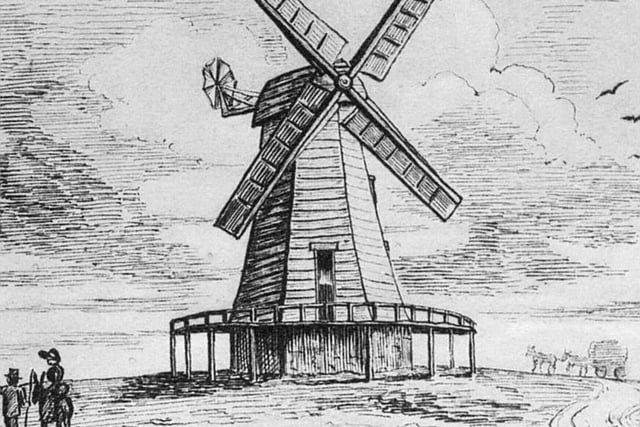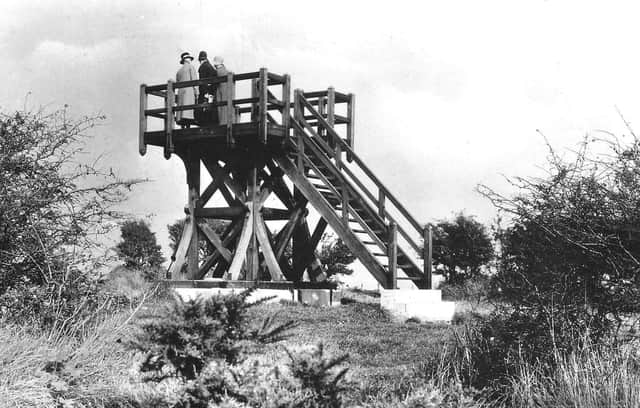The name of the landmark is actually North’s Seat and was named for the father of famous Hastings botanist and illustrator Marianne North.
Here local historian Steve Peak explores the fascinating history and how it became misnamed.
He writes: Is the real name of a well-known landmark at Fairlight ‘North Seat’ or is it actually ‘North’s Seat’? Is it a seat on top of a hill to the north of the town, or a memorial to someone called North? The Ordnance Survey used to think it was the former, but it now knows that it is really the latter.
In April 1870 a large seat for 12 people was erected by the famous artist Miss Marianne North in memory of her father Frederick North, the well-known Hastings MP, who had died in October 1869. A sign saying 'Frederick North, his seat' was put on it. The seat was on the site of a windmill built in 1819 which had burnt down in April 1869.
The windmill had stood on top Fairlight Down, the highest hill in the Hastings area, and had been a well-known landmark, both locally and to seafarers. The Ordnance Survey should have always known the real name of North’s Seat as that spot played a key role in the creation of the Survey in the 1790s.
In 1787 the British and French governments agreed that a reliable intercontinental mapping system was needed, not least because of the large number of shipping disasters in the English Channel caused by poor quality navigational charts. A survey needed to be carried out to enable reliable maps to be made that linked the two countries.
In the autumn of 1787 General William Roy of the British Army set up a 32-feet high scaffold tower supporting a theodolite on Fairlight Down where he could make long-range observations as part of a triangulation survey linking London and Paris. Fairlight and Dover were the key two English cross-Channel observation points, the only locations from where stations both in France and a long way inland in England could be seen.
The success of this complex operation resulted in 1791 in the setting up of the Ordnance Survey, the world’s first official surveying body. Trigonometry remained in use until the mid-twentieth century, latterly using four feet high concrete posts, called trigpoints. The one on Fairlight Down is still in place, about 50 yards north of North’s Seat.
A succession of benches was put up at North’s Seat until 1930, when a large wooden viewing platform was erected instead. But was vandalised, and so in 1982 it was demolished and replaced by two seats, with a large round direction plaque, which are still there.
Have you read? In pictures: Local auction of strange and macabre objects

1. Early Edwardian North's Seat.jpg
Early Edwardian North's Seat Photo: supplied

2. North's Seat 1819 windmill.jpg
North's Seat 1819 windmill Photo: supplied

